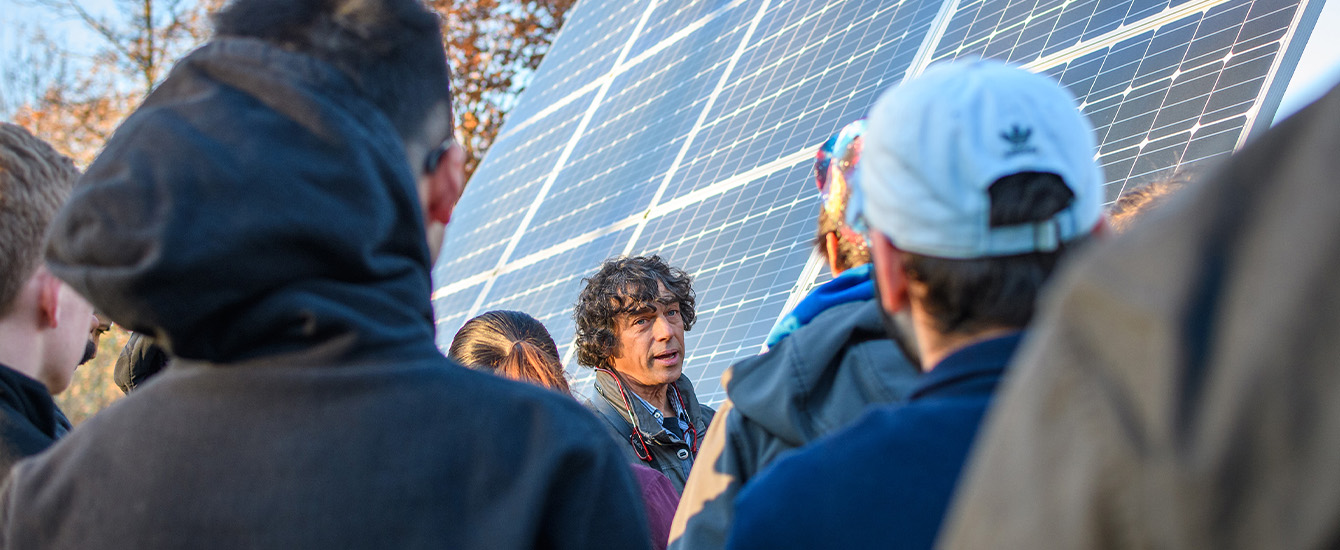Physics
Document Type
Article
Abstract
We show that unconstrained asymmetric dissolving solids floating in a fluid can move rectilinearly as a result of attached density currents which occur along their inclined surfaces. Solids in the form of boats composed of centimeter-scale sugar and salt slabs attached to a buoy are observed to move rapidly in water with speeds up to 5 mm/s determined by the inclination angle and orientation of the dissolving surfaces. While symmetric boats drift slowly, asymmetric boats are observed to accelerate rapidly along a line before reaching a terminal velocity when their drag matches the thrust generated by dissolution. By visualizing the flow around the body, we show that the boat velocity is always directed opposite to the horizontal component of the density current. We derive the thrust acting on the body from its measured kinematics and show that the propulsion mechanism is consistent with the unbalanced momentum generated by the attached density current. We obtain an analytical formula for the body speed depending on geometry and material properties and show that it captures the observed trends reasonably. Our analysis shows that the gravity current sets the scale of the body speed consistent with our observations, and we estimate that speeds can grow slowly as the cube root of the length of the inclined dissolving surface. The dynamics of dissolving solids demonstrated here applies equally well to solids undergoing phase change and may enhance the drift of melting icebergs, besides unraveling a primal strategy by which to achieve locomotion in active matter. © 2023 the Author(s).
Publication Title
Proceedings of the National Academy of Sciences of the United States of America
Publication Date
2023
Volume
120
Issue
32
ISSN
0027-8424
DOI
10.1073/pnas.2301947120
Keywords
dissolution, fluid mechanics, fluid-structure interaction, natural convection, self-propulsion
Repository Citation
Chaigne, Martin; Berhanu, Michael; and Kudrolli, Arshad, "Dissolution-driven propulsion of floating solids" (2023). Physics. 8.
https://commons.clarku.edu/faculty_physics/8
Creative Commons License

This work is licensed under a Creative Commons Attribution-NonCommercial-No Derivative Works 4.0 International License.



